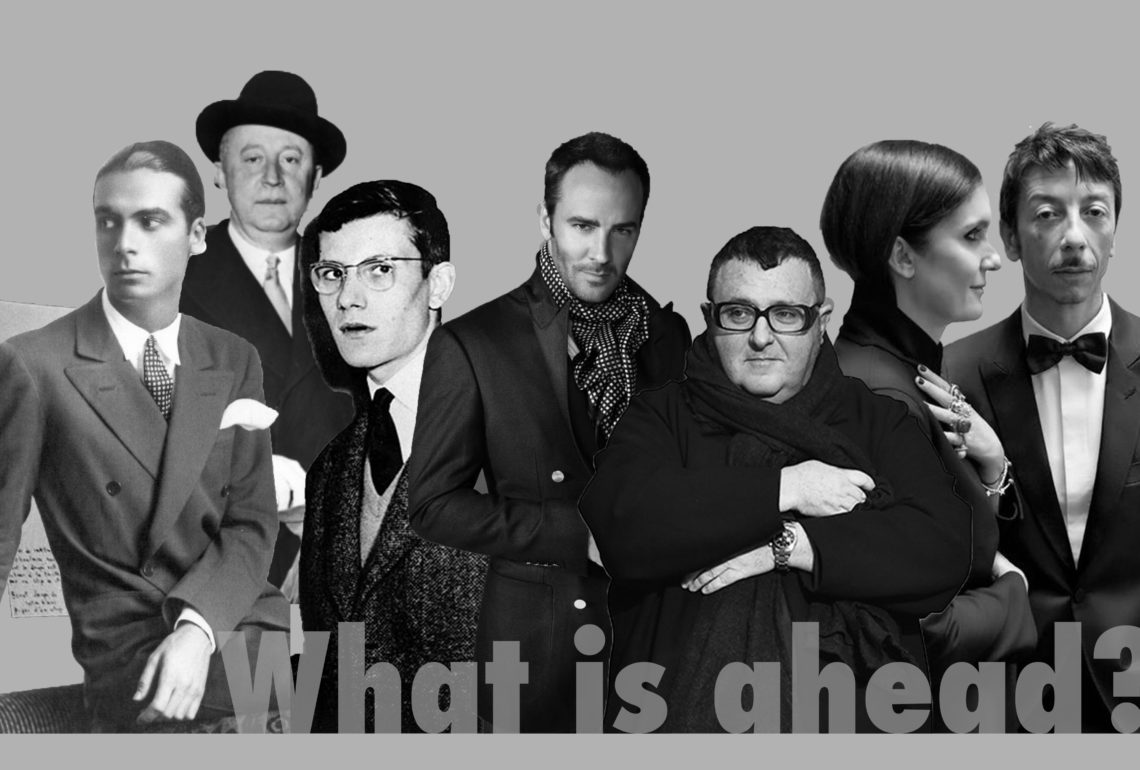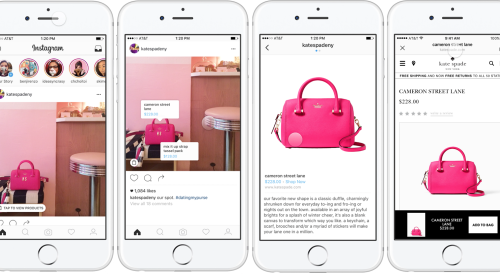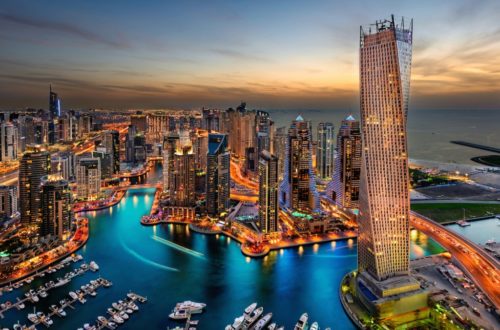Two days ago we were hit by the fresh news: Massimiliano Giornetti to exit Salvatore Ferragamo. Could have been striking, but with all the recent shifts in fashion houses’ creative reigns we just close the article tab thinking “agaaaaaaain”. Seems like in the world of fashion there’s just some kind of agreement to drive the observers crazy.. What’s going on?

Alexander Wang, Stefano Pilati.. In between the whole buzz about Raf Simons. Shock and regret to wave goodbye to Alber Elbaz leaving Lanvin, speculation, rumors and guesses about the future of Hedi Slimane. While in case of the first events we reacted strongly, discussing, wondering and questioning, now it feels like having immunity from the dismissals. Still, it is hard to ignore. Not taking anything personally anymore, I just wonder what to expect from the fashion industry in the near future.
It once was a world of artisans and couturiers doing what they had passion for: Cristobal Balenciaga, Hubert de Givenchy, Coco Chanel, Christian Dior, Guccio Gucci, Louis Vuitton.. Small boutiques evolved into fashion houses and later empires, which still beared the names of certain creatives who founded them, filled them up with their desires, beliefs and dreams. People wanted to follow their vision, the rich and famous entrusted them with their image and style. But sadly no human life lasts forever, and the legends of the fashion history had to be replaced. While some businesses remained family-owned and ruled, others had a different future: in 1957 the house of Dior welcomed young Yves Saint Laurent; some decades passed by and Chanel opened its doors to Karl Lagerfeld, Gucci – to Tom Ford. In 1996 John Galliano entered Dior, being the fourth to rule the house after the founder’s death.
The industry changed, and a new standard seemed to have been set. We accepted the game and watched the houses chase the creative genius. The world of fashion entered the big-name phase, and for some time we couldn’t stop asking “Who’s next?” Are we now at the edge of the phase?
Let’s take a look at the state-of-the-art. The house of Gucci is changing under the influence of Alessandro Michele, and many seem to like it. Critics receive his collections well, fashionistas crave for the garments, the prestigious International Fashion Designer of the Year award belongs to him. Amazing? Pretty much. But when Imran Amed firstly listed the potential successors of Frida Giannini, Michele was out of the list for the reason that he is no big name. I mean, he used to be. If it seems too uncharacteristic, take Valentino: Maria Grazia Chiuri and Pierpaolo Piccioli were both “raised” inside the fashion house, the appointment as creative directors following a decade of hard work in the shadows of the studio. Now Dior seems to follow: while the observers struggle to choose the best pick for the empire among designer celebrities, starting from the Spring-Summer 2016 collections were made by Serge Ruffieux and Lucie Meier, whose names you most probably see for the first time. Coming back to what I started the article with, Ferragamo announced it will find talents in-house.
However, don’t rush to call it a new pattern. Recently public attention was focused on the first collection of Balenciaga created by Demna Gvasalia, previously known for Vetements. Today we already know the result: the show was a strong statement, which BOF named the second best of the Fall-Winter 2016 season after Prada, and it speaks for itself.
So is the age of big-name-hunt over? Or will the exceptions stay exceptions? Hard to say. Different cases expectedly show that there is no versatile solution. What we’ve learned is that the creative director(s) must fit the fashion house, his vision complementing the spirit and heritage, regardless where the past experience comes from.
by Ksyusha Task







No Comments
Pingback: